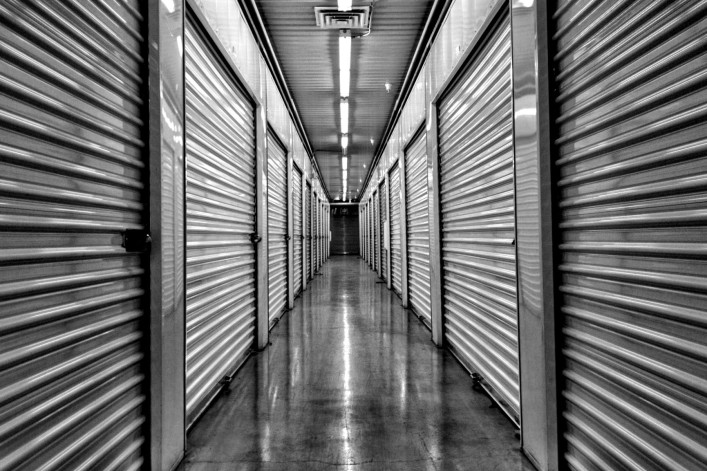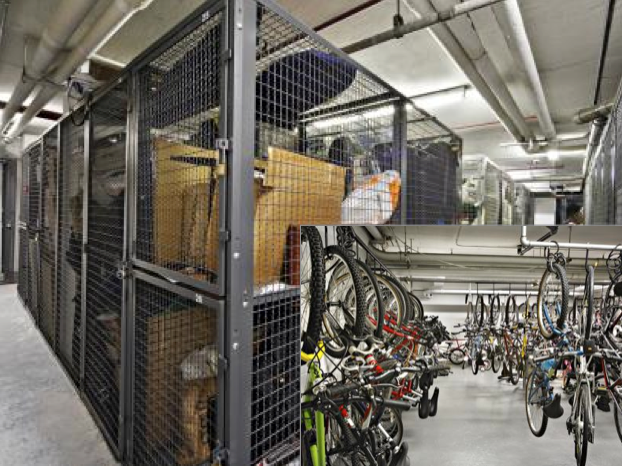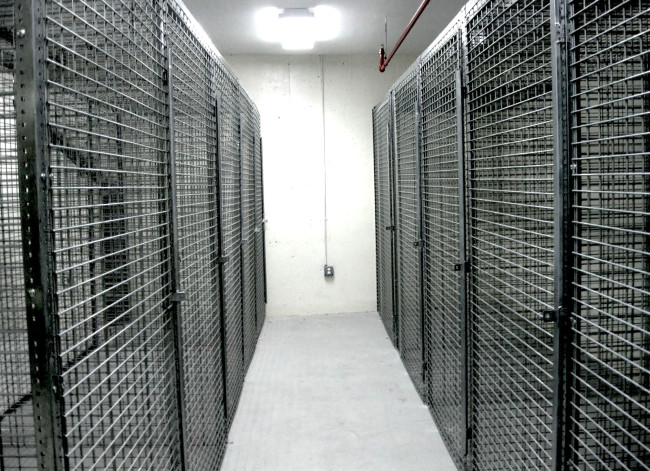How to put your stuff in storage without ruining it
Lots of New York City apartment buildings have storage. Storage spaces can range in size and setup, but they are typically small, sometimes separated by some kind of barrier, sometimes not, and often in the basement. Apartment dwellers with lots of stuff and no such amenity in their building may resort to renting a storage unit somewhere in the city.
Either way, there are common mistakes people make when stashing stuff. We talked to two New York organizing experts on how to make the most of your storage space, and do so wisely.
Avoid storing some things altogether
Lisa Zaslow, founder of Gotham Organizers offers this tip, inspired by real events: "Don't store child art made with macaroni. It will attract pests." Really, storing any kind of food or perishable is a bad idea.
Similarly, anything flammable or anything that contains hazardous materials should stay out of the storage space. Zaslow uses the example of a grill with a propane tank that people might overlook.
Deborah Goldstein of The Art of Organizing cautions against keeping any important documents in a storage space, because of privacy concerns and the possibility of damage.
"You want a lockbox for your most important documents," she says. And keep items with sentimental or actual value out of your storage space as well, says Goldstein, who has seen the ceilings of storage spaces collapse, mold ruin things, and more.
Art requires special care, and should never be housed in a storage space without proper temperature and humidity controls.
Think about water
Zaslow advises people to keep this bit of wisdom in mind when using storage space in the bowels of a building: "There are two types of basements: those that have flooded, and those that will flood."
Someone in our office learned the hard way that you should put your stored items on pallets, after boxes sat in a few inches of water, destroying the contents. Plastic containers can prevent damage in the case of flooding, and, Zaslow points out, it's probably smarter to put something more water-resistant such as china at floor level rather than books or photos.
And check your insurance policy
(Or, alternatively, get one.) Jeffrey Schneider of Gotham Brokerage (a Brick Underground sponsor) says that most insurance policies will cover storage areas in buildings, and that getting coverage for belongings in off-site storage facilities sometimes requires an endorsement, or rider adjusting the policy.
Prioritize placement
Some things you put in storage because they're seasonal (your wetsuit, holiday decorations) and some you stash because you can't bring yourself to throw them away (your college thesis). Keep those go-to seasonal items on the periphery and easily accessible, and relegate the thesis to less valuable real estate.
Keep an inventory
It's all too easy to forget what's in storage, and where it actually is in your storage space. Our experts say different approaches work for different people, but that everyone should have some kind of record of what is stored, and when you last reviewed the storage space. Zaslow had a client who stored leftover soda and wine from a party, only to discover it spoiled six years later, and Goldstein has seen the contents of an off-site storage space auctioned off after the bills went unpaid.
Don't forget to label
It's a simple step, but easy to skip, or to do half-heartedly. Zaslow suggests using a thick black marker to label all side of a box, including the top, since that may be the side you see when going through your storage space. Additionally, it you're wrapping items (such as glassware or chine) label those as well, and label them "fragile."
Use the right supplies
Spending just a little money can go a long way to upping your packing game. Zaslow is a fan of using packing paper for fragile items, and also loves bankers boxes for their uniformity, built-in handles, easy-off lids, and solid construction. Goldstein likes stackable plastic bins with wheels.
For large items, it's wise to cover them to prevent dust accumulation; Zaslow recommends paper moving "blankets."
If you have a lot of space and/or stuff, shelving can be very helpful, and our experts have used heavy-duty metal shelves such as Metro shelving, and less expensive plastic ones.
"Plastic shelves are fine as long as they can handle the weight [of what you're storing]," Goldstein says.
Store the stuff that matters
Goldstein specializes in helping people downsize, and she urges people to make hard edits and carefully consider what they're hanging on to.
"Don't put anything in storage that you really don't need," she says. "Keep throwing your stuff away."
You Might Also Like































